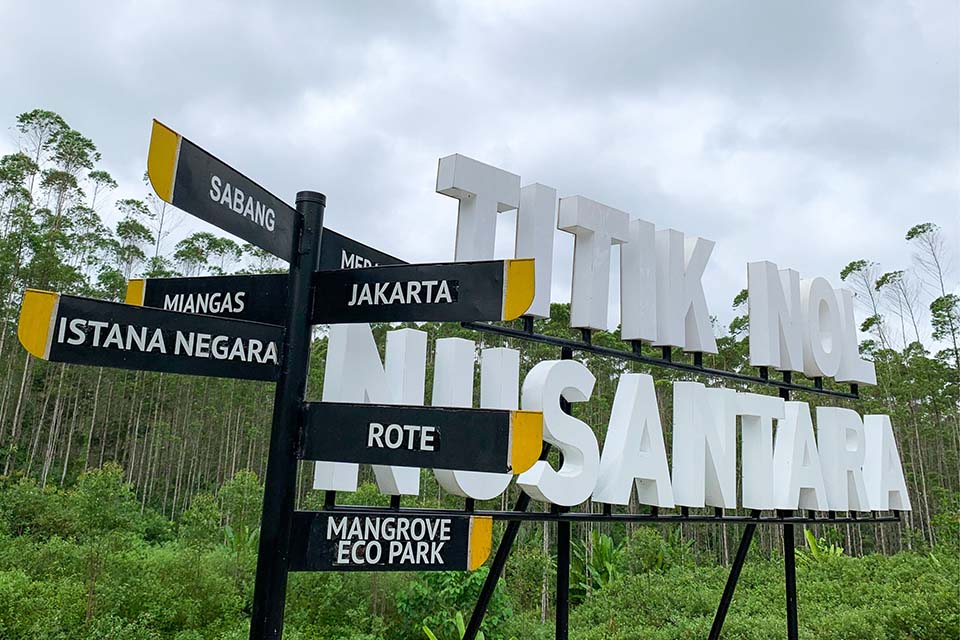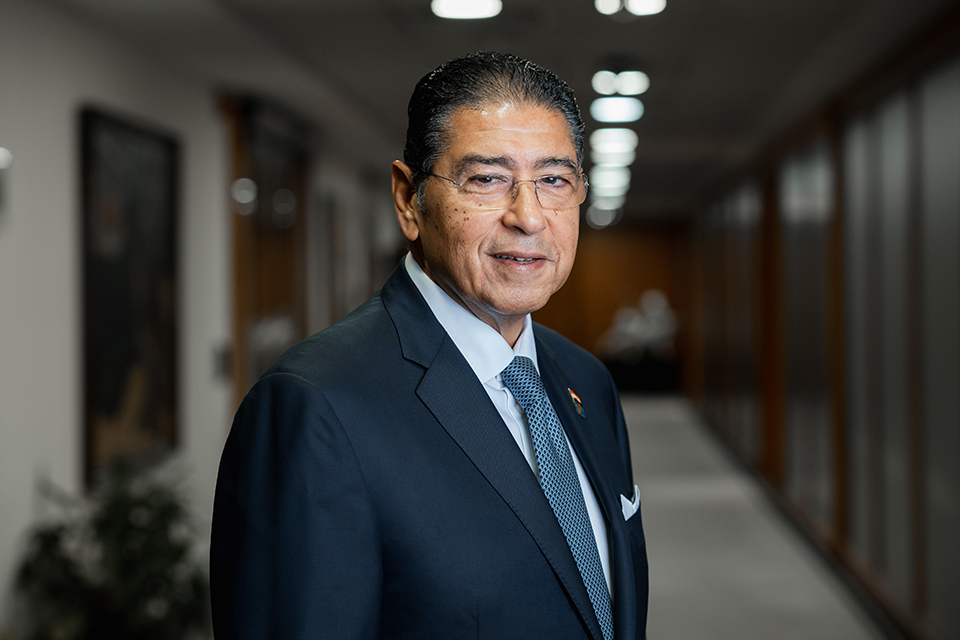Euromoney is in Eastern Kalimantan, Indonesia, inland from the port of Balikpapan. Here, at a clearing they’re calling Ground Zero – they might need to work on that branding – we are looking at the place from which a new capital city will spring.
Jump to:
It doesn’t look much now: there is a little makeshift pavilion filled with canvases showing what a grand future parliament will look like, and explaining how sewage treatment and highways will appear, while some steps lead down to a bold white sign saying TITIK NOL NUSANTARA (Ground Zero of Nusantara, the name of the new capital, though it is more widely referred to now by the shorthand IKN).
Access intelligence that drives action
To unlock this research, enter your email to log in or enquire about access





